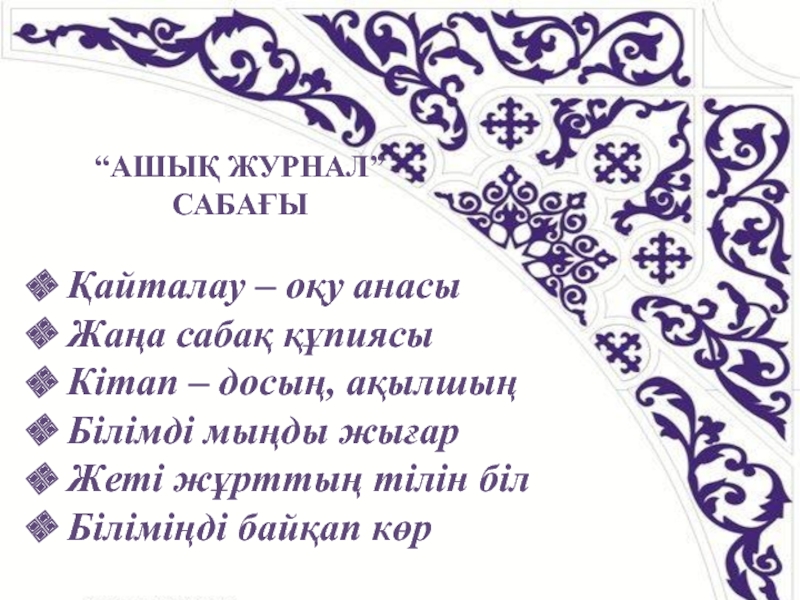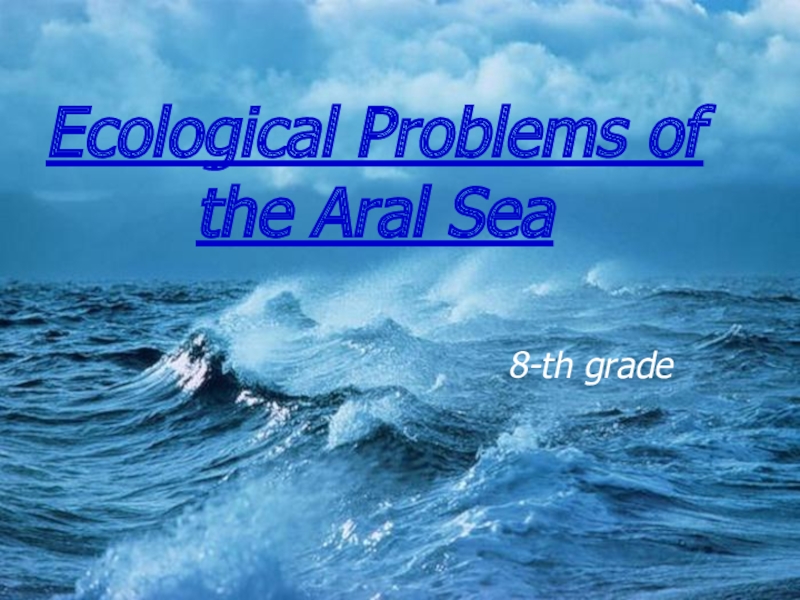- Главная
- Разное
- Образование
- Спорт
- Естествознание
- Природоведение
- Религиоведение
- Французский язык
- Черчение
- Английский язык
- Астрономия
- Алгебра
- Биология
- География
- Геометрия
- Детские презентации
- Информатика
- История
- Литература
- Математика
- Музыка
- МХК
- Немецкий язык
- ОБЖ
- Обществознание
- Окружающий мир
- Педагогика
- Русский язык
- Технология
- Физика
- Философия
- Химия
- Шаблоны, фоны, картинки для презентаций
- Экология
- Экономика
Презентация, доклад на тему Intertextuality in the book by Lewis Carroll (1865) “Alice's Adventures in Wonderland”.
Содержание
- 1. Intertextuality in the book by Lewis Carroll (1865) “Alice's Adventures in Wonderland”.
- 2. “To grin like a Cheshire cat”Its first
- 3. «Mad as a hatter» ‘Mad as a
- 4. “Mad as a March hare”The phrase is
- 5. Parody of the poem“How doth the little
- 6. Parody of the poem“Speak gently; it is
- 7. Parody of the lullaby“Twinkle, twinkle, little star,How
- 8. Transformation of the proverb “Take care of
- 9. Citation from the other book Ahem!' said
- 10. Foreign language inclusionWhen Alice first meat a
- 11. Intertextuality from the nursery rhyme `The Queen
- 12. ConclusionThese inertextual stylistic devices serve different reasons.
- 13. Sourceshttp://www.alice-in-wonderland.nethttp://royallib.com/read/Carroll_Lewis/Alices_adventures_in_Wonderland.html#0
Слайд 2“To grin like a Cheshire cat”
Its first appearance in literature was
Слайд 3«Mad as a hatter»
‘Mad as a hatter’ probably owes its
Слайд 4“Mad as a March hare”
The phrase is an allusion that can
Similar phrases emerged in the sixteenth century in the works of John Skelton. A later recorded use of the phrase appears in the writings of Sir Thomas More
Слайд 5Parody of the poem
“How doth the little busy bee
Improve each shining
And gather honey all the day
From every opening flower.
How skilfully she builds her cell
How neat she spreads the wax
And labours hard to store it well
With the sweet food she makes.
Isaac Watts, 1674-1748 “Against Idleness and Mischief”
Primary text
Carroll’s text
“How doth the little crocodile
Improve his shining tail,
And pour the waters of the Nile
On every golden scale!
How cheerfully he seems to grin,
How neatly spread his claws,
And welcome little fishes in
With gently smiling jaws!'”
Слайд 6Parody of the poem
“Speak gently; it is better far
To rule by
Speak gently, let no hard word mar
The good we may do here.
(“Speak Gently” D. Bates)
Primary text
Carroll’s text
“Speak roughly to your little boy,
And beat him when he sneezes:
He only does it to annoy,
Because he knows it teases.”
(Lewis Carroll, chapter
“Pig and Pepper”)
Слайд 7Parody of the lullaby
“Twinkle, twinkle, little star,
How I wonder, what you
Up above the world so high
Like a diamond in the sky”
(Jane Taylor, "The Star")
Primary text
Carroll’s text
"Twinkle, twinkle, little bat!
How I wonder what you're at!"
"Up above the world you fly,
Like a tea-tray in the sky"
(Lewis Carroll, chapter “The Mad Tea-Party”)
Слайд 8Transformation of the proverb
“Take care of the pence and the
Слайд 9Citation from the other book
Ahem!' said the Mouse with an important
Quote from Havilland Chepmell’s
“Short Course of History”,
1862, pages 143-144
Слайд 10Foreign language inclusion
When Alice first meat a mouse in a chapter
“So she began again “Ou est ma chatte?”, which was the first sentence in her French lesson-book. The Mouse gave a sudden leap out of the water and seemed to quiver all over with fright.”
Слайд 11Intertextuality from the nursery rhyme
`The Queen of Hearts,
she made
he stole those tarts, And took them quite away!‘
"The Queen of Hearts" is an English poem and nursery rhyme based on the characters found on playing cards, by an anonymous author.


















